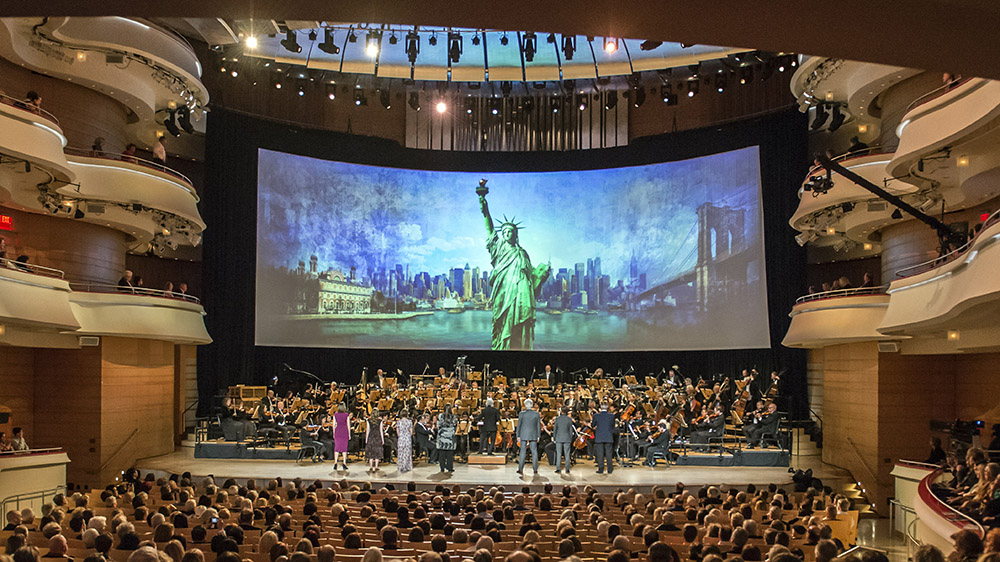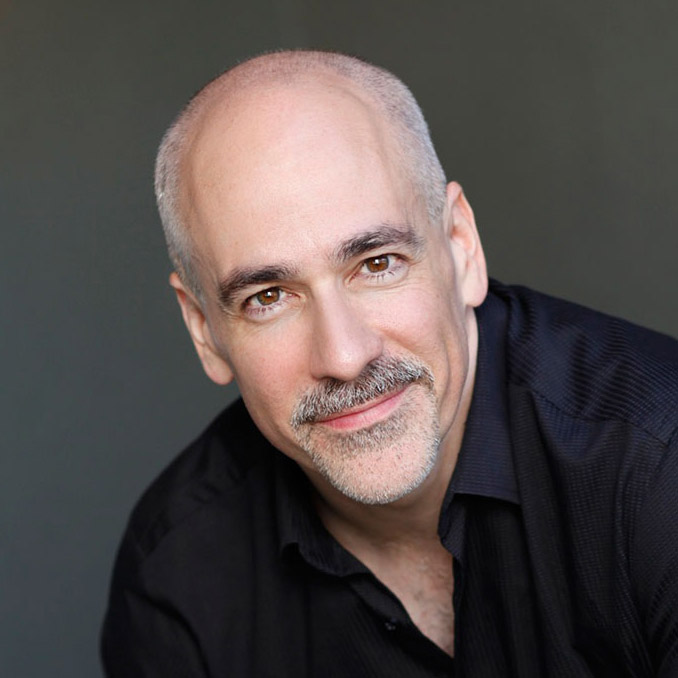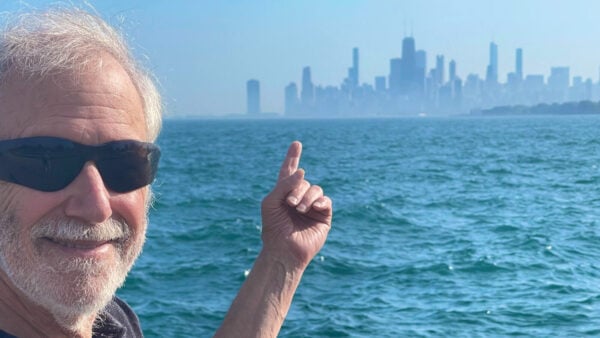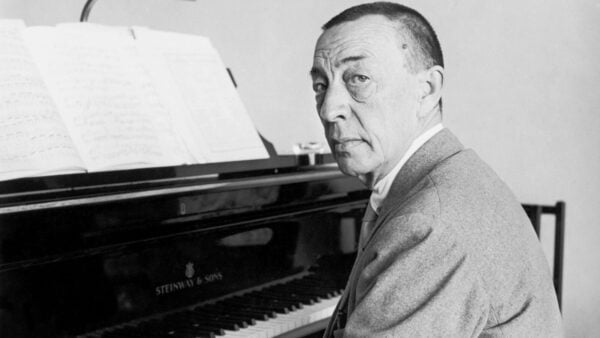
“I was never taught to hate,” proclaimed Helen Rosenthal, a Polish-born woman whose entire family was executed by the Nazis at Auschwitz. Rosenthal was 30 years old when she immigrated to the United States in 1940, and she entered the country through Ellis Island. Her powerful words, along with six other immigrant stories, serve as the foundation of the symphonic and dramatic work Ellis Island: The Dream of America by Peter Boyer. The Pacific Symphony recently performed the work, and it was filmed for PBS Great Performances. The program airs on Friday, June 29 at 10:00 pm in celebration of Immigrant Heritage Month, and it will also be available to stream.
Over 40% of Americans can trace their family lineage through Ellis Island. In 1973, the Ellis Island Oral History Project was founded in order to preserve these immigrant stories. Today, the archive has over 2,000 interviews. Peter Boyer was captivated by these stories as he set out to write a commission in 2000.
“I was composing for the celebration of the opening of the Bushnell Center for the Performing Arts’ new theater in Hartford, Connecticut, and I was contemplating the history of the American immigrant experience as a part of our national identity. The poem ‘The New Colossus,’ which is transcribed at the pedestal of the Statue of Liberty, was my first inspiration – those classic words ‘give me your tired, your poor, your huddled masses.’ But I discovered that the Ellis Island Oral History Project is a treasure trove of material.”
Boyer listened to about 120 interviews of which he selected 7 to adapt into his composition. Along with Helen Rosenthal, Boyer incorporates the stories of Helen Landsman Cohen (immigrated from Poland in 1920, age 20); James Apanomith (immigrated from Greece in 1911, age 16); Lillian Galletta (immigrated from Italy in 1928, age 4 ½); Lazarus Salamon (immigrated from Hungary in 1920, age 16); Emmanuel ”Manny” Steen (immigrated from Ireland in 1925, age 19); and Katherine Beychok (immigrated from Russia in 1910, age 10).
In selecting which stories to feature in the work, Boyer first prioritized diversity amongst ages and countries of origin. Many of the selected stories also provide sensory details of the often treacherous journeys and harsh conditions the immigrants endured: the foul smells on ships, the cacophonous sounds in the Ellis Island halls, the first taste of fresh milk on American soil. “The words themselves are so powerful and compelling,” Boyer stated, “and I thought, ‘what more can be done with music?’ Music can go beyond language."
After Boyer’s preliminary research, during the composition of the music, 9/11 happened. “That event was so seismic and perspective-altering for many people. There was a discussion with the folks at the Bushnell Performing Arts Center about the premiere of this work, which would be just months after the attack, and we talked about if it should be changed to reflect this new reality of the post-9/11 world. I gave it a lot of thought, being very shaken up by what had happened like everybody else, and ultimately thought, ‘No.’ The best thing to do was to allow the piece to be what it had been conceived to be. We are in this post-9/11 world, but the era that is being celebrated in this piece brings up the ideals that have drawn people to America for so long.”

Composer Peter Boyer
Approximately 17 years after the premiere of Ellis Island: The Dream of America, the piece has taken on a new meaning as immigration has become a hot topic. “I’m often asked if I was attempting to make a political statement with the piece” Boyer said. “Whenever I’m asked that, I kind of scratch my head, because that absolutely never entered my mind. It was not meant to be a political piece. It was meant to be a historical piece. It’s a piece that celebrates something that’s fundamental to the American identity, and it celebrates representative stories of individuals.”
He continued, “Lazarus Salamon’s story is so moving. Here’s a boy who watched his father beaten mercilessly to death by Hungarian soldiers, and the event was so traumatic that his mother literally dropped dead in front of him. And yet Lazarus still came to America. He has one of the great lines in the piece: ‘In America, no one’s a stranger because we’re all strangers.’”
To further amplify these words, the Pacific Symphony’s performance of the work incorporates primary source photography of Ellis Island and interactive multimedia content. Boyer hopes this content will be able to be licensed to other orchestras around the country. “I’m thrilled that the Chicago Sinfonietta will perform this piece on their first concert of the 2018/19 season, and we’re in discussions to use these wonderful photos for that performance.”
Boyer’s work is neither opera nor musical theater. But he hopes that his composition, one that melds music and oral histories, will move people for years to come. “Even though we may be hearing about something that happened in 1910 or 1940, it’s about people who wished to better their lives and people who were escaping persecution in order to seek something higher. These things don’t age, and they’re very relevant today.”






